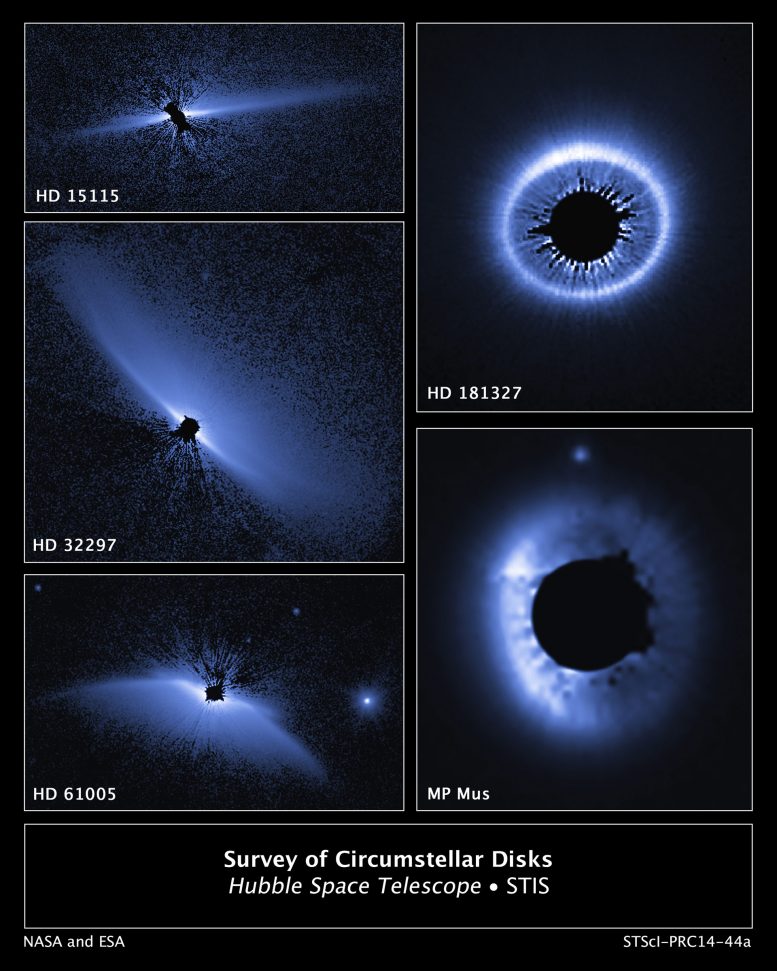
This is a set of images from a NASA Hubble Space Telescope visible-light survey of the architecture of debris systems around young stars. Hubble’s sharp view uncovers an unexpected diversity and complexity in the structures. Credit: NASA/ESA/G. Schneider/U. Arizona
Using the Hubble Space Telescope, astronomers have uncovered a similar diversity in the debris systems that coincide with the formation of exoplanets, suggesting that there is some sort of interdependence between a planet and the accompanying debris system.
Astronomers using NASA’s Hubble Space Telescope have completed the largest and most sensitive visible-light imaging survey of dusty debris disks around other stars. These dusty disks, likely created by collisions between leftover objects from planet formation, were imaged around stars as young as 10 million years old and as mature as more than 1 billion years old.
“It’s like looking back in time to see the kinds of destructive events that once routinely happened in our solar system after the planets formed,” said survey leader Glenn Schneider of the University of Arizona’s Steward Observatory. The survey’s results appeared in the October 1, 2014 issue of The Astronomical Journal.
Once thought to be simply pancake-like structures, the unexpected diversity and complexity and varying distribution of dust among these debris systems strongly suggest the disks are gravitationally affected by unseen exoplanets orbiting the star. Alternatively, these effects could result from the stars passing through interstellar space.
The researchers discovered that no two “disks” of material surrounding stars look the same. “We find that the systems are not simply flat with uniform surfaces,” Schneider said. “These are actually pretty complicated three-dimensional debris systems, often with embedded smaller structures. Some of the substructures could be signposts of unseen planets.” The astronomers used Hubble’s Space Telescope Imaging Spectrograph to study 10 previously discovered circumstellar debris systems.
Irregularities observed in one ring-like system in particular, around a star called HD 181327, resemble a huge spray of debris possibly caused by the recent collision of two bodies into the outer part of the system.
“This spray of material is fairly distant from its host star — roughly twice the distance that Pluto is from the sun,” said co-investigator Christopher Stark. “Catastrophically destroying an object that massive at such a large distance is difficult to explain, and it should be very rare. If we are in fact seeing the recent aftermath of a massive collision, the unseen planetary system may be quite chaotic.”
Another interpretation for the irregularity is that the disk has been mysteriously warped by the star’s passage through interstellar space, directly interacting with unseen interstellar material. “Either way, the answer is exciting,” Schneider said. “Our team is currently analyzing follow-up observations that will help reveal the true cause of the irregularity.”
Over the past few years, astronomers have found an incredible variety in the architecture of exoplanetary systems – planets are arranged in orbits that are markedly different than found in our solar system, “We are now seeing a similar diversity in the architecture of the accompanying debris systems.” Schneider said. “How are the planets affecting the disks, and how are the disks affecting the planets? There is some sort of interdependence between a planet and the accompanying debris that might affect the evolution of these exoplanetary debris systems.”
From this small sample, the most important message to take away is one of diversity, Schneider said. He added that astronomers really need to understand the internal and external influences on these systems, such as stellar winds and interactions with clouds of interstellar material, and how they are influenced by the mass and age of the parent star, and the abundance of heavier elements needed to build planets.
Though astronomers have found nearly 4,000 exoplanet candidates since 1995, mostly by indirect detection methods, only about two dozen light-scattering, circumstellar debris systems have been imaged over that same time period. That’s because the disks are typically 100,000 times fainter than, and often very close to, their bright parent stars. The majority have been seen because of Hubble’s ability to perform high-contrast imaging, in which the overwhelming light from the star is blocked to reveal the faint disk that surrounds the star.
The new imaging survey also yields insight into how our solar system formed and evolved 4.6 billion years ago. In particular, the suspected planet collision seen in the disk around HD 181327 may be similar to how the Earth-moon system formed. In those cases, collisions between planet-sized bodies cast debris that then coalesced into a companion moon.
The Hubble Space Telescope is a project of international cooperation between NASA and the European Space Agency. NASA’s Goddard Space Flight Center in Greenbelt, Md., manages the telescope. The Space Telescope Science Institute (STScI) in Baltimore conducts Hubble science operations. STScI is operated for NASA by the Association of Universities for Research in Astronomy, Inc., in Washington.
References:
“Probing for Exoplanets Hiding in Dusty Debris Disks: Disk Imaging, Characterization, and Exploration with HST/STIS Multi-Roll Coronagraphy” by Glenn Schneider, Carol A. Grady, Dean C. Hines, Christopher C. Stark, John H. Debes, Joe Carson, Marc J. Kuchner, Marshall D. Perrin, Alycia J. Weinberger, John P. Wisniewski, Murray D. Silverstone, Hannah Jang-Condell, Thomas Henning, Bruce E. Woodgate, Eugene Serabyn, Amaya Moro-Martin, Motohide Tamura, Phillip M. Hinz and Timothy J. Rodigas, 22 August 2014, The Astrophysical Journal.
DOI: 10.1088/0004-6256/148/4/59
arXiv: 1406.7303
“Revealing Asymmetries in the HD 181327 Debris Disk: A Recent Massive Collision or ISM Warping” by Christopher C. Stark, Glenn Schneider, Alycia J. Weinberger, John H. Debes, Carol A. Grady, Hannah Jang-Condell and Marc J. Kuchner, 16 June 2014, The Astrophysical Journal.
DOI: 10.1088/0004-637X/789/1/58
arXiv: 1405.7055

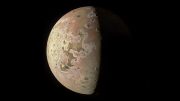
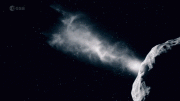
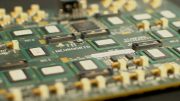
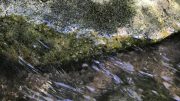


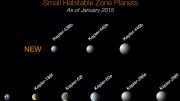

“Another interpretation for the irregularity is that the disk has been mysteriously warped by the star’s passage through interstellar space, directly interacting with unseen interstellar material.”
Firstly, what evidence is there for there to have been a disk in the first place? Since I believe in planets and 2nd and later generation stars being “born free” as supernova shrapnel, it is no mystery to me that, in the process of traveling through interstellar clouds containing gas, dust and who knows what else, eventually accumulating sufficient gas to ignite and initiate fusion, a protostar would inevitably also accumulate a cloud of other material.
And the shape and consistency of that cloud would be most unlikely to be uniform. However, any 3D cloud of “junk” could be expected to eventually collapse to a disk aligned to its plane of maximum aggregate mass (and hence gravitational attractive force).
Furthermore, in the course of that journey the protostar would probably pass other stars, executing involuntary slingshot maneuvers which would change its path and velocity, while at the same time affecting the configuration and consistency of (and probably also stealing part of) its cloud.
“Though astronomers have found nearly 4,000 exoplanet candidates since 1995, mostly by indirect detection methods, only about two dozen light-scattering, circumstellar debris systems have been imaged over that same time period.”
Isn’t that pretty damning evidence against the core accretion theory of planetary formation?
“That’s because the disks are typically 100,000 times fainter than, and often very close to, their bright parent stars.”
So, the image collected by ALMA only days ago, and touted as firm evidence for core accretion, is actually yet another “anomaly”?
Take off the core accretion blinkers, people, and embrace the theory that fits all the evidence with no tweaks.